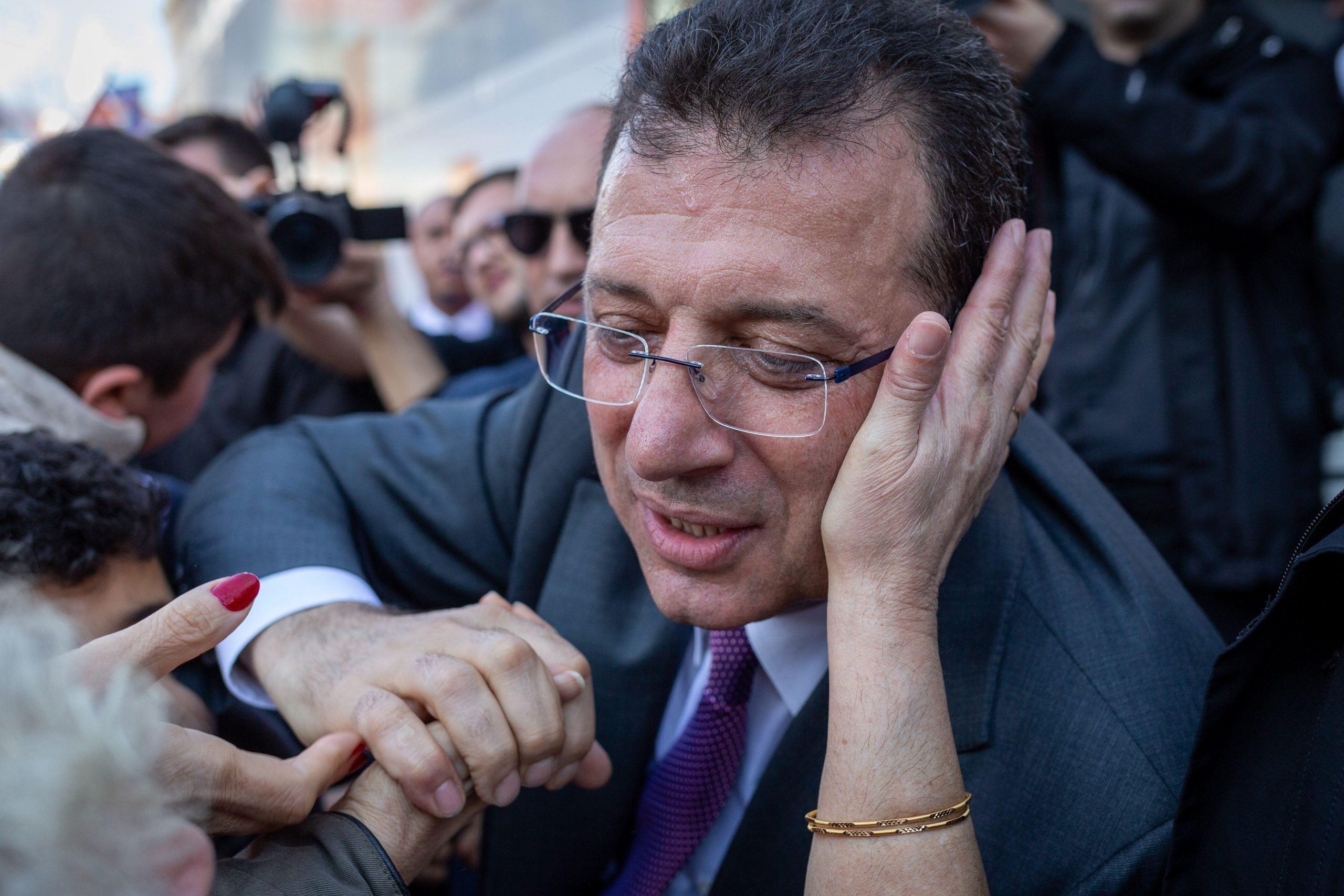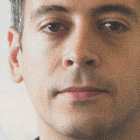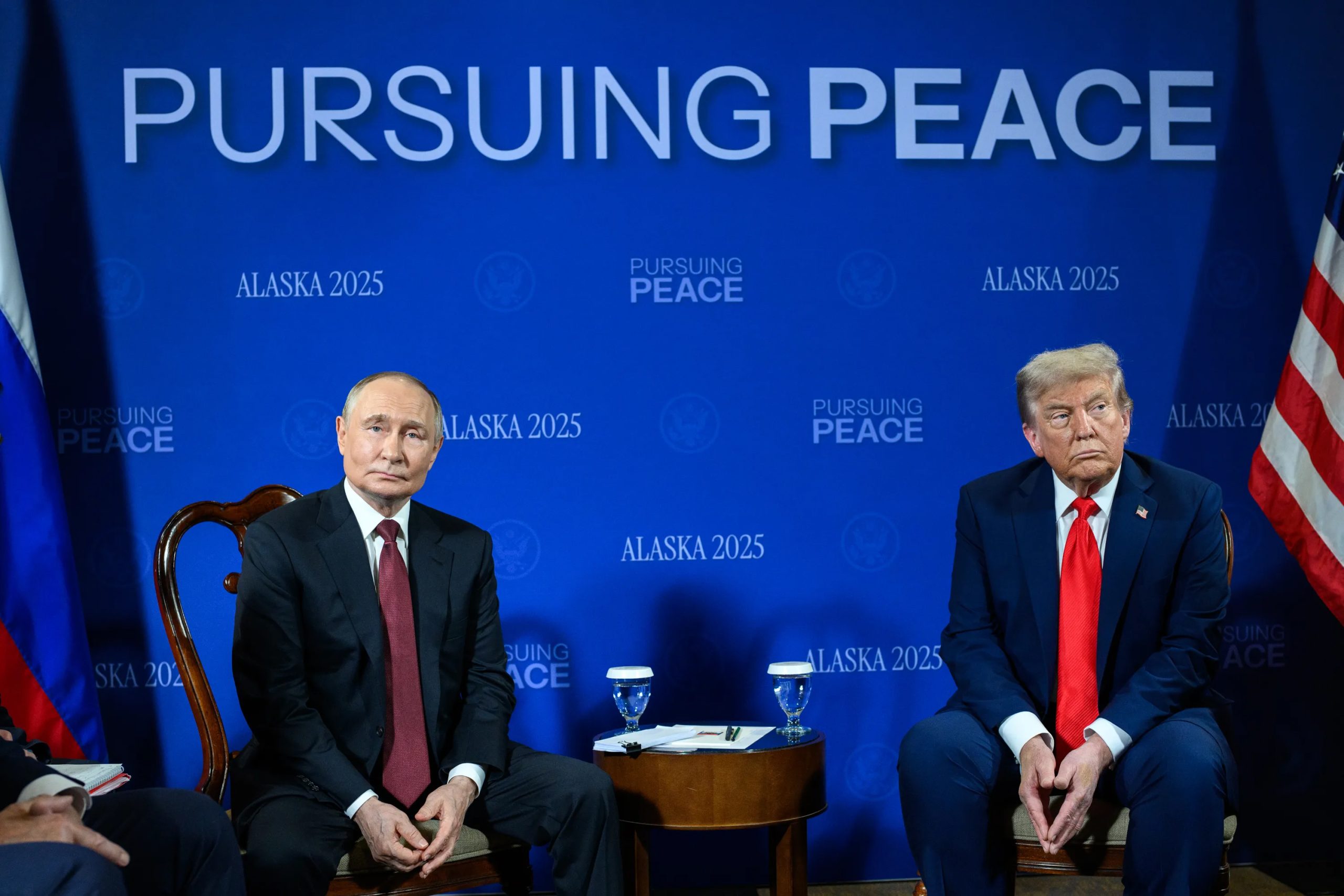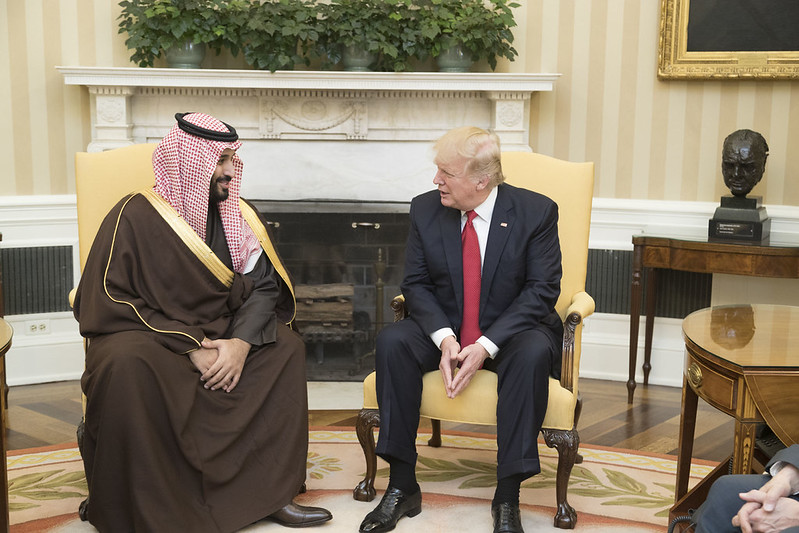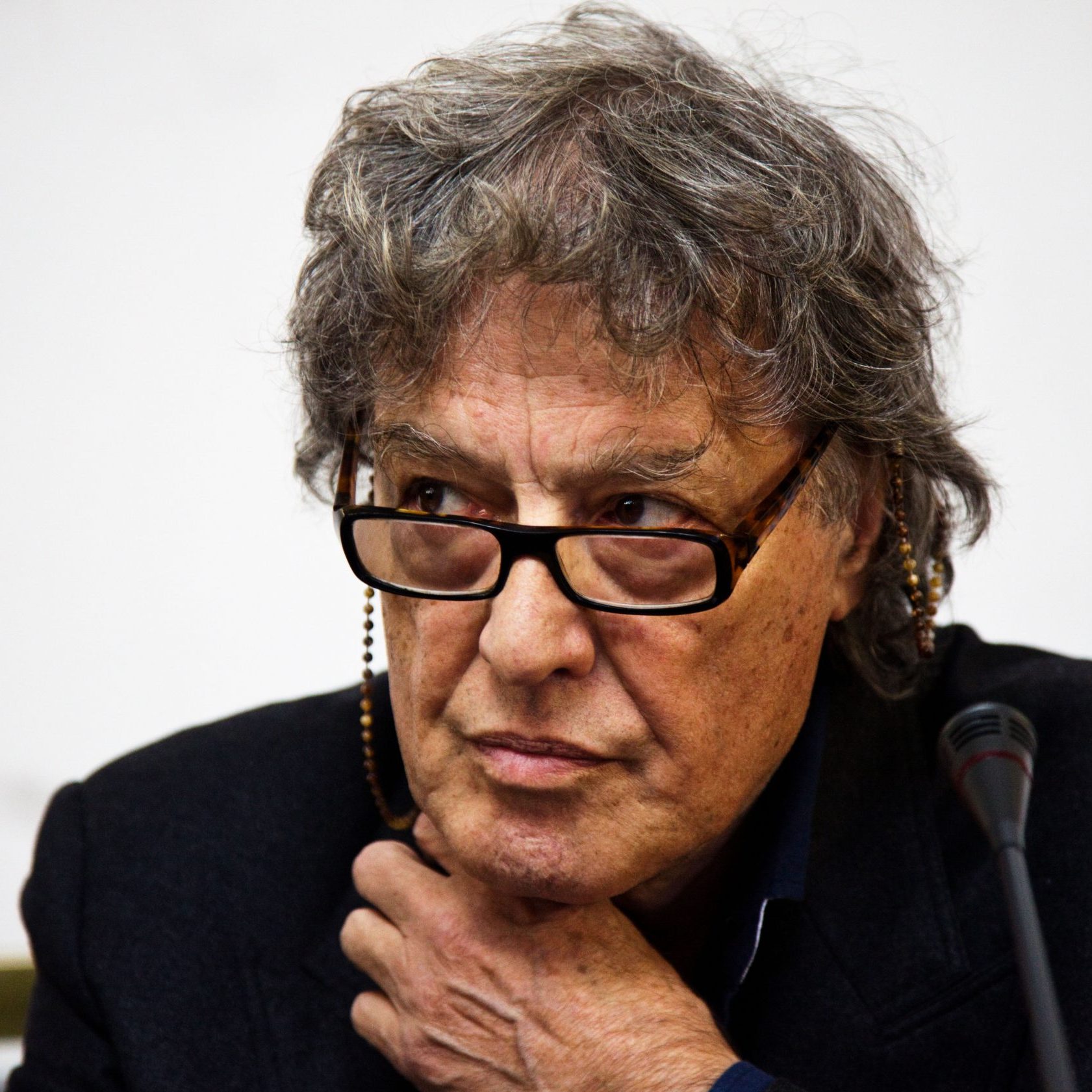The alarming escalation in the persecution of Turkey’s media workers is part of a calculated strategy. With the detention of Istanbul’s democratically elected mayor Ekrem İmamoğlu on 19 March, the Turkish government has sent a chilling message to the public: nobody is safe, anyone can be arrested, so everybody should take caution.
Journalists make up a significant sum among the more than 1,879 detained in last month’s protests, 260 of whom were formally arrested. A further 382 people were reportedly arrested in Istanbul last week for “non-authorised demonstrations”.
Photographers, reporters, videographers, YouTubers, and social media commentators have been detained. Many have been taken into custody following dawn raids. Wearing visible press badges hasn’t helped reporters and videographers who filmed scenes of clashes outside the İstanbul Metropolitan Municipality building in Saraçhane, where the opposition party, the Republican People’s Party (CHP), had organised week-long protest rallies. Covering the events became a crime as government officials warned that TV networks that gave airtime to these events would be shut down.
This was not an empty threat. On 24 March, 11 journalists were arrested in one day, including Yasin Akgül of the French news agency Agence France-Presse (AFP) and Bülent Kılıç, a World Press Photo award winner and one of Turkey’s most accomplished photographers. BBC’s long-time Istanbul correspondent, Mark Lowen, was taken from his hotel in Istanbul on 26 March, held for 17 hours, and expelled from the country where he had lived for five years.
Arbitrary releases have followed the arbitrary arrests. After being released, the AFP photographer Akgül and his colleagues were reportedly re-arrested the same day, before being re-released a few days later.
Turkey’s Information Technologies and Communication Authority (BTK) and Radio and Television Supreme Council (RTÜK) have used these arbitrary shock-and-awe tactics over the past weeks.
On the day of İmamoğlu’s detention, BTK imposed widespread restrictions on social media and messaging platforms in Istanbul, including YouTube, Instagram, X, and TikTok.
Because of the restrictions, neither locals nor tourists could use messaging apps like WhatsApp, Telegram, and Signal for days. The impact was significant, given that Istanbul has a population of more than 15 million residents, making it the most populous and wealthiest city in Turkey.
BTK achieved the digital shutdown through bandwidth throttling, which significantly slows down internet access. The global internet censorship watchdog NetBlocks confirmed the use of bandwidth throttling.
The government, meanwhile, neither accepted nor denied throttling the internet for more than 15 million citizens, adding an air of mystery to the technical operation. Imposing restrictions without any announcement or explanation is part of the same political strategy that placed İmamoğlu behind bars.
A few days later, RTÜK issued a 10-day broadcast suspension for the leading opposition network, Sözcü TV. The TV channel’s coverage of protests “incited hatred and enmity among the public”, according to RTÜK.
Officials from the board continue to threaten the opposition media by revoking their licences. This means they could be shut down for good if network editors don’t abide by the government’s rules.
“Let’s see what will happen tomorrow morning,” mused Fatih Portakal, the Sözcü TV anchor, during a news bulletin shortly following the announcement of the 10-day suspension. Portakal told viewers his channel would go dark and display RTÜK’s decision for ten days. Sözcü continued its YouTube broadcasts and is now back on air on cable television.
The Turkish government already controls 90% of the media. From TV channel CNN Turk to newspaper Hurriyet, once respected mainstream media brands now operate as government mouthpieces. The government’s biggest concern is the remaining pockets of free expression: media outlets such as Bianet, Agos, Açık Radyo, and Medyascope have been demonised by the right-wing press, charged with serving foreign interests. In response, readers and viewers have been supporting these publications through donations.
But the level of government oppression has reached new heights, even by Turkey’s standards. In March, after the opposition party CHP launched a boycott campaign against firms with links to the government’s financial networks, a court shut down BoykotYap.com, the website containing the list of boycotted firms.
Hours later, the CHP launched a new website with an altered web address, BoykotYap.net. “Transform your consumption power into resistance. We will not see those who do not see the people!” CHP MP Pınar Uzun Okakın posted on X after announcing the new website’s URL.
In the eyes of the government, the unrest that followed the jailing of Istanbul’s democratically elected mayor is an opportunity. RTÜK recently announced that it would require two YouTube channels to register with the government to continue their streams, or their accounts would be blocked. Neither channel has applied for a licence and RTÜK hasn’t yet closed them down.
Fatih Altaylı, one of the targeted journalists, has nearly 1.5 million subscribers on YouTube, several times larger than pro-government channels like Yeni Şafak (712,000) and Sabah (373,000). The move follows RTÜK announcing last September that, under new regulation, YouTubers would need to obtain a licence in order to broadcast news. While the law is yet to be fully implemented, it is clearly already being used as a threat, and licenses can already be obtained. In the ideal world of the Turkish government, its bureaucrats would be permitted to censor content about Turkey regardless of platform.
The reaction to this vision of opacity and widespread censorship has been immense. Mass street protests and social media campaigns included a boycott against government-controlled media channels CNN Türk, the Turkish Radio and Television Corporation (TRT), and the news agency Demirören News Agency (DHA).
As government intimidation continues to increase, Turkey’s media workers will likely develop new outlets: YouTube channels, Substacks, websites, anything that allows them to reach a growing audience hungry for objective news that is produced by reporters on the ground, despite all dangers.

